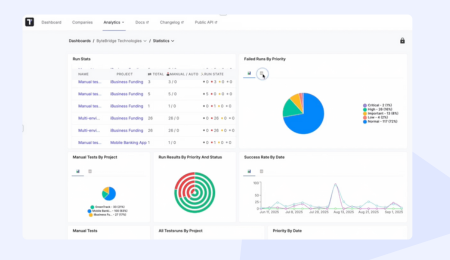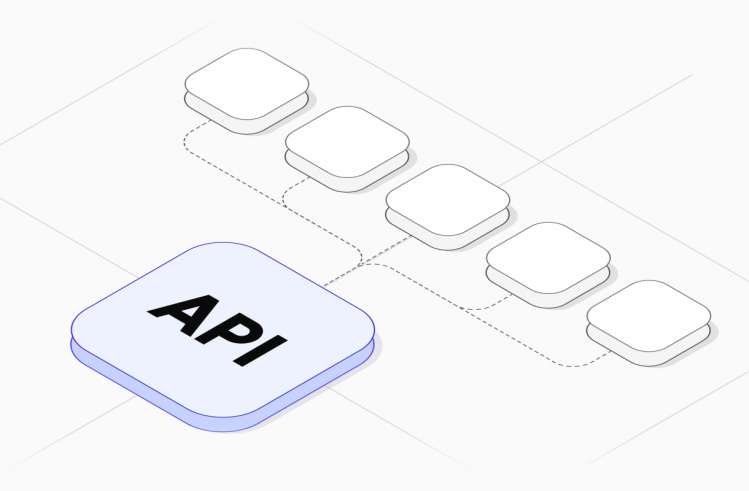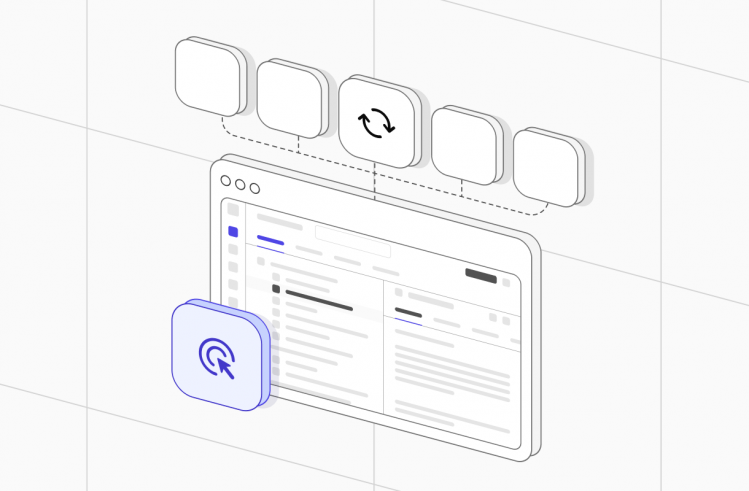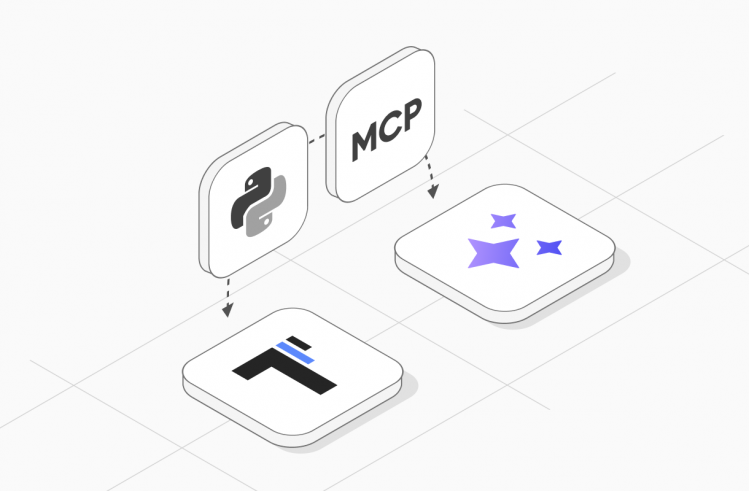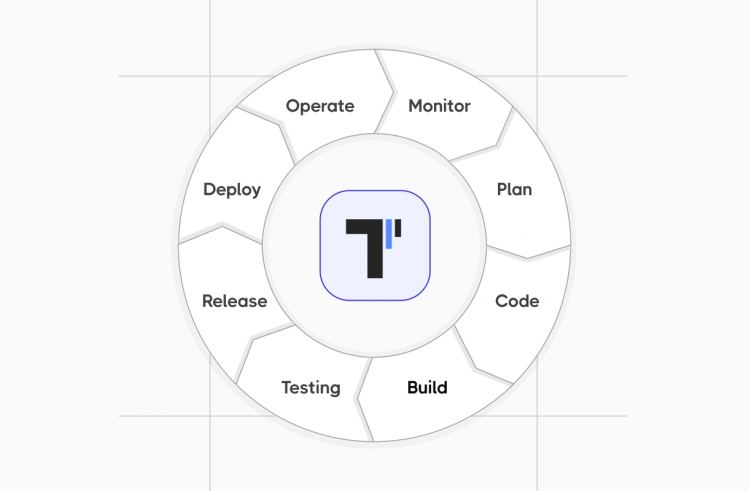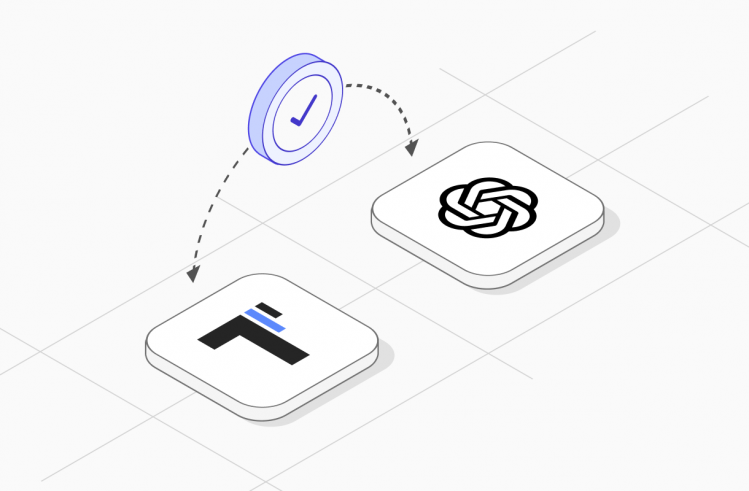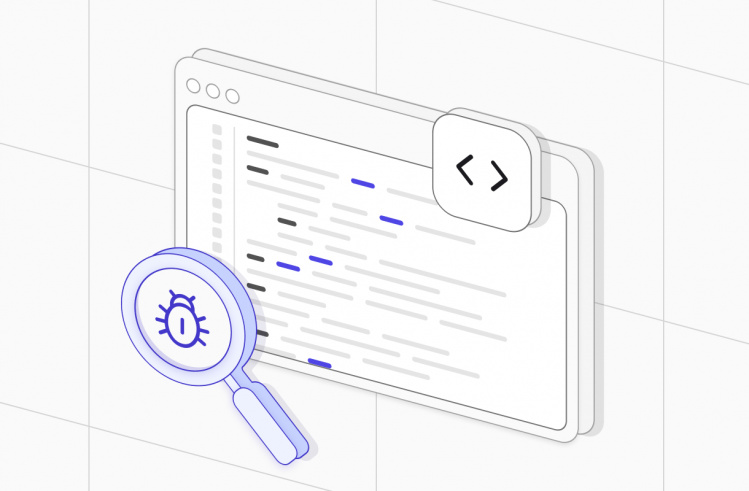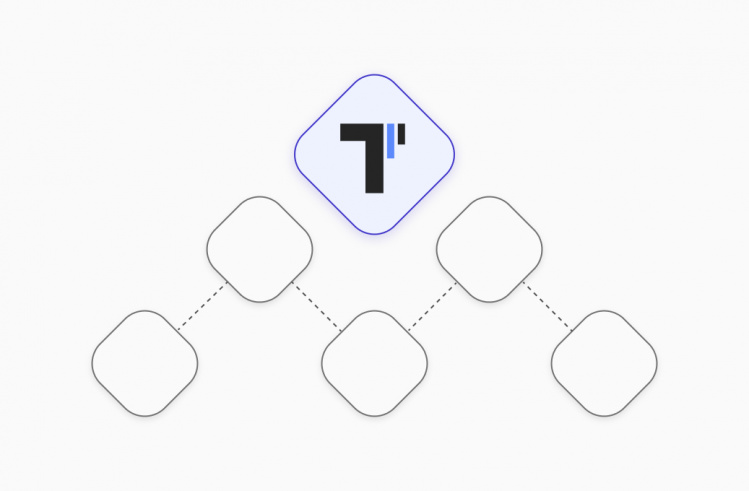The coding club has always been a secret one. Functions and methods had to be memorized, lint rules needed to be mastered, boilerplate had to be written, developer memes needed to be deciphered, and a million sorts of videos needed to be watched only to start with. The entry barrier was such that millions of innovative minds never got an opportunity to develop their ideas.
Then there was no-code, the initial gateway to the non-developer creation of apps. However, we are now getting into the next even more radical direction, which is the era of vibe coding tools. These AI-first applications allow you to write your desired description in natural language and the code automatically writes itself or more accurately it does not write at all unless you want to look at it.
It is the era of AI colleagues who read your mind and are able to deal with the technical complexity. These tools cause anyone to think he or she is a professional developer and transforms ideas into working software by conversing instead of compiling.
What are Vibe Coding and Vibe Testing?
Vibe coding is a paradigm shift in software development, in which artificial intelligence is your main interface to programming. You do not write your code in lines, but explain your vision in natural language descriptions, and AI reasoning models take care of the details of the implementation. This gives the vibe of the conversational aspect of the process, which is more feel and intuition to design software with an AI assistant.
This methodology will change the conventional development workflow to become not technical but a creative dialogue. No matter what you are creating a web application or a complex Python code, vibe coding tools are aware of the project context and provide results that seem like magic to junior professionals.
Vibe testing goes further to quality assurance where QA engineers are allowed to write descriptions of tests using natural language and the AI will then write detailed unit tests, auto scripts and in some cases, even run testing processes. It comes in very handy since:
- Faster test creation: Generate complex test cases in minutes instead of hours using natural language descriptions
- Better coverage: AI can suggest edge cases humans might miss during the development process
- Cross-platform testing: Describe once, test everywhere across different development environments
- Living documentation: Tests become readable specifications that follow best practices
QA engineers require vibe coding tools as they are in-between manual and automated testing. They can use these AI coding tools to write code snippets in case of test scenarios, write bug fixes, and cope with technical debt without compromising the code quality during the development process.
What Makes a Great Vibe Coding Tool?
The transformation of so-called primitive AI app builders into complex reasoning models with the support of orchestration tools has established a new benchmark. The newest and the most effective AI programming systems now join machine learning with the realistic software development requirements.
- End-to-end application creation: Concept to deployment and no manual code, automatic management of complicated operations.
- Programming interface: Explain what to do, don’t write code, and everyone can read AI code.
- Simple coding: It should not come out in the code until you need to.
- Guardrails and rudimentary security: Intrinsic measures against typical failures and errors.
- Real time collaboration: Code hinting and instant feedback in the development process.
- Elaborate functions: Support of command line tools, project management and pull requests.
The most effective tools can be defined as a blend of the ease of no-code platforms and the capability and ability of more traditional development environments; a sweet spot between creativity and capability.
The 8 Best Vibe Coding Tools
Let’s explore the top vibe coding tools that are helping shape this exciting future. If you’re a pro test engineer or a newbie ready to dive in, these tools promise to change how you think about and interact with coding forever.
1. Testomat.io

Perfect for: QA teams embracing vibe testing workflows with AI coding assistance.
Testomat.io transforms test management through intelligent automation and natural language test creation. The platform combines manual testing efficiency with seamless automation testing integration, making it ideal for teams transitioning to AI-assisted quality assurance. As one of the best AI tools for testing, it leverages artificial intelligence to streamline the entire development process.
- Intelligent test case generation: Describe scenarios in natural language and get structured test cases with code generation.
- Project consistency: Sync manual and auto-tests in one place, sync auto-test by IDs, out-sync import.
- Turn manual into auto-test: Receive code extract suggestions, which can be implemented in your code. Stake and exception functionality are available to help you find errors in your automated code.
- Real-time collaboration: AI-assisted reports and advanced analytics dashboard for project management.
- Seamless CI/CD integration: Two-way sync with development workflows and popular ides.
- Advanced Jira plugin: Native integration with project management tools and ease of use.
The platform is excellent in filling the gap between manual testing and test automation coverage to provide structured test projects as well as flexible imports of existing test frameworks.
2. Playwright MCP
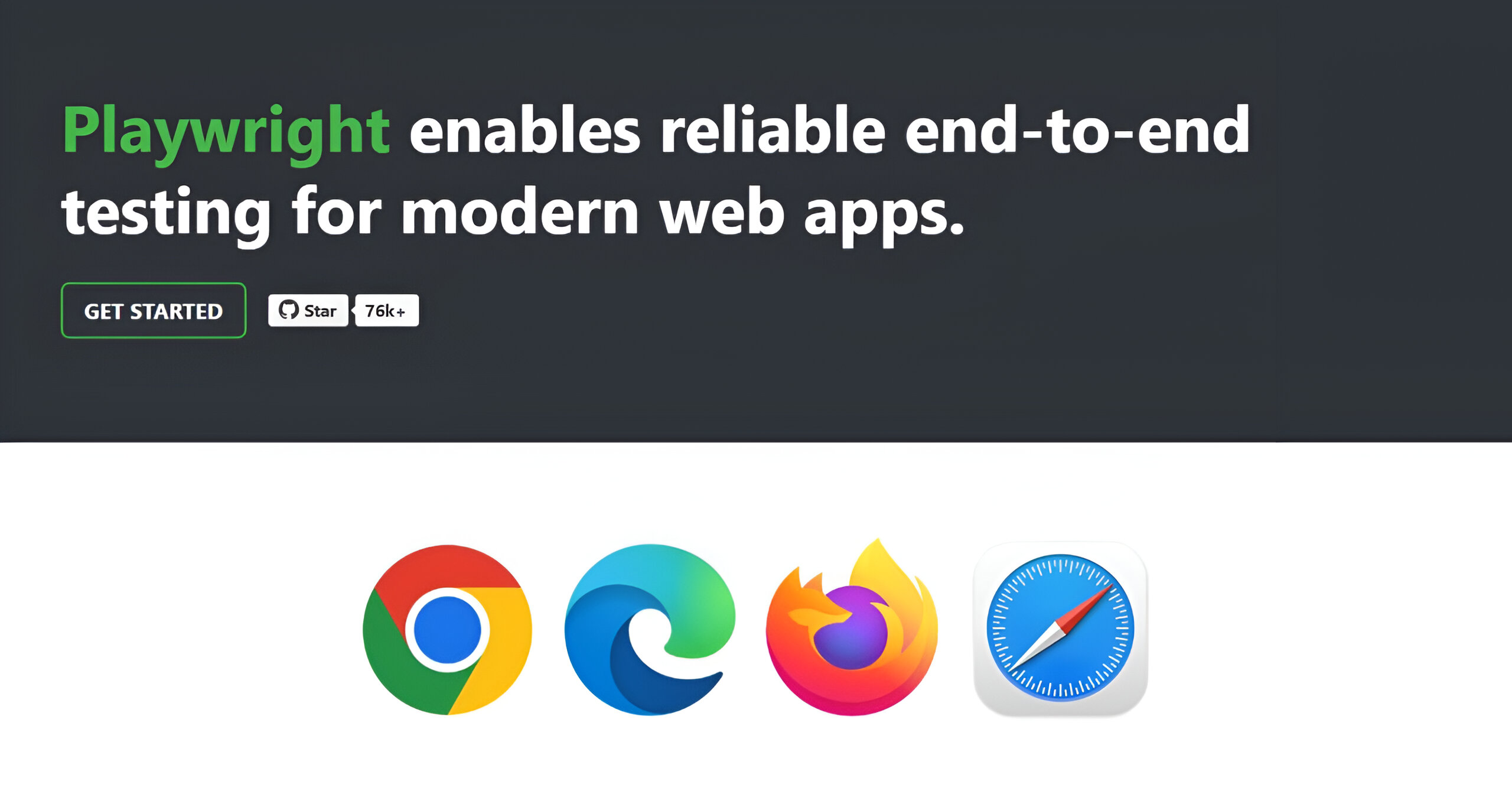
Perfect for: Developers who want AI-powered browser automation with natural language coding
MCP (Model Context Protocol) Playwright provides natural language browser testing to your environment. It is one of the best AI-based coding tools to use web testing because this assistant comprehends web interactions and can create effective cross-browser test codings out of simple descriptions.
- Natural language browser automation: “Test login flow across all browsers” generates complete test suites.
- Visual debugging: AI-generated screenshots and interaction recordings with real time feedback.
- Code completion: Intelligent suggestions for test scenarios and code snippets.
3. Grok Studio (by X AI)
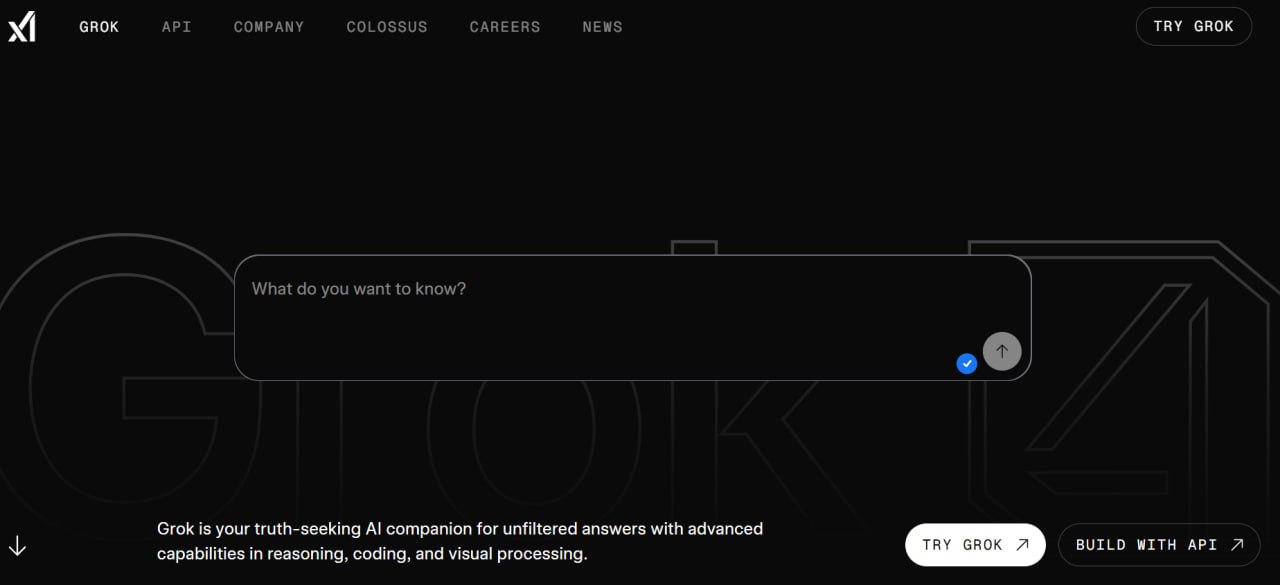
Perfect for: Rapid prototyping and experimental development with advanced AI.
Grok Studio builds on the state-of-the-art reasoning features of X AI to be able to generate a conversational coding experience. It is very good at contextualization of projects and code generation that fits into your existing workflow, competing with such tools as GitHub copilot and OpenAI codex.
- Project-aware AI: Understands your entire codebase context and technical debt.
- Multi-language support: Python code, JavaScript, and more with intelligent code generation.
- Advanced features: Handles complex tasks beyond simple piece of code generation.
- Chat interface: Natural conversation flow for development with ai pair programmer capabilities.
4. ChatGPT
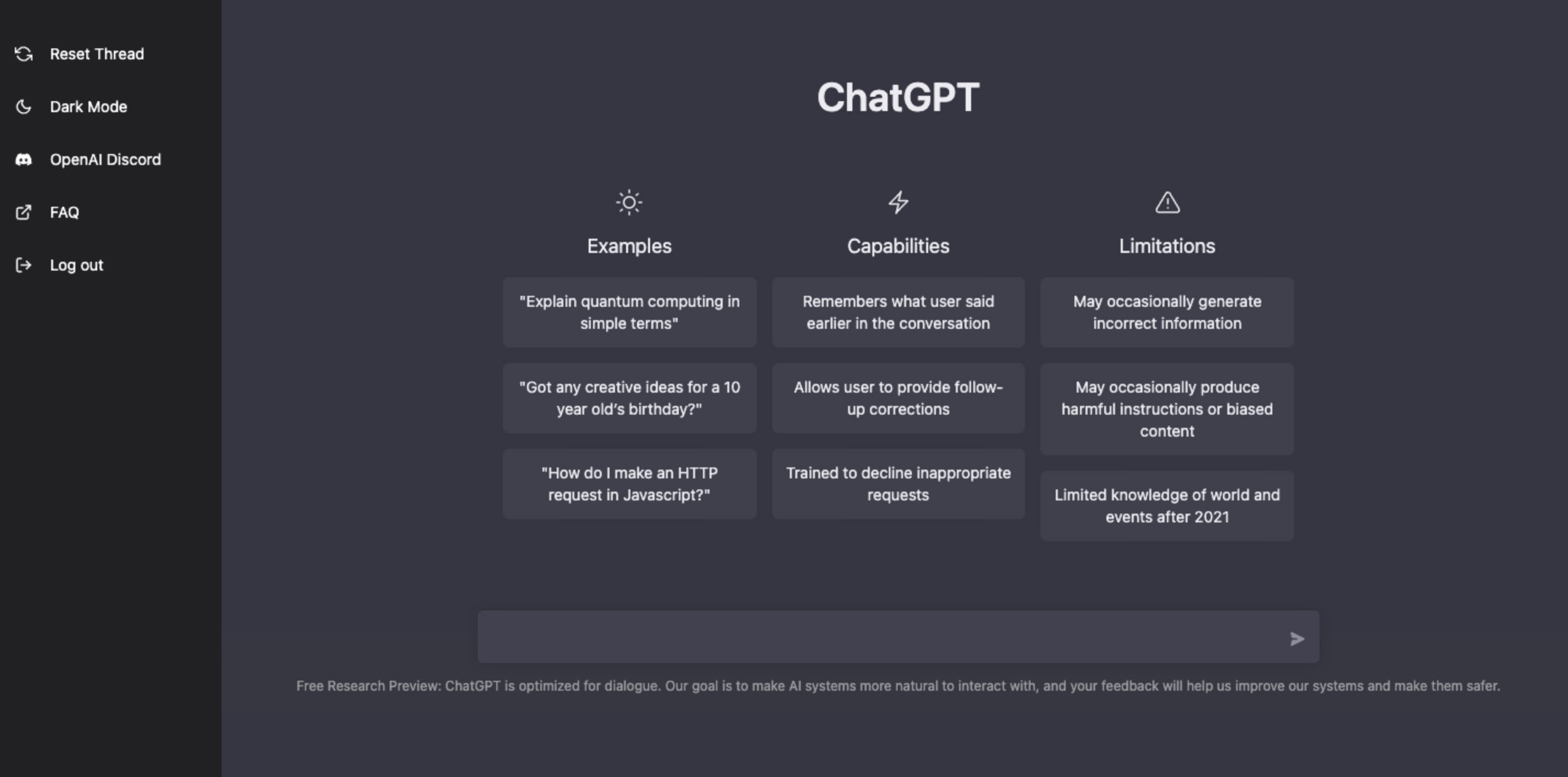
Perfect for: First time developers and quick prototyping with natural language coding.
ChatGPT is one of the most available tools of AI and has served as the portal into vibe coding to many. It is especially effective with recent advancement in code generation and understanding in learning and experimentation. Its free version enables programmers who are just venturing into their programming of AI to use it.
- Beginner-friendly: Great for those new to software development and AI coding.
- Code explanation: Breaks down complex code into understandable pieces with natural language descriptions.
- Multiple programming languages: Supports diverse tech stacks and coding tools.
- Free plan available: Low barrier to entry for experimentation with generative AI.
5. Cursor AI
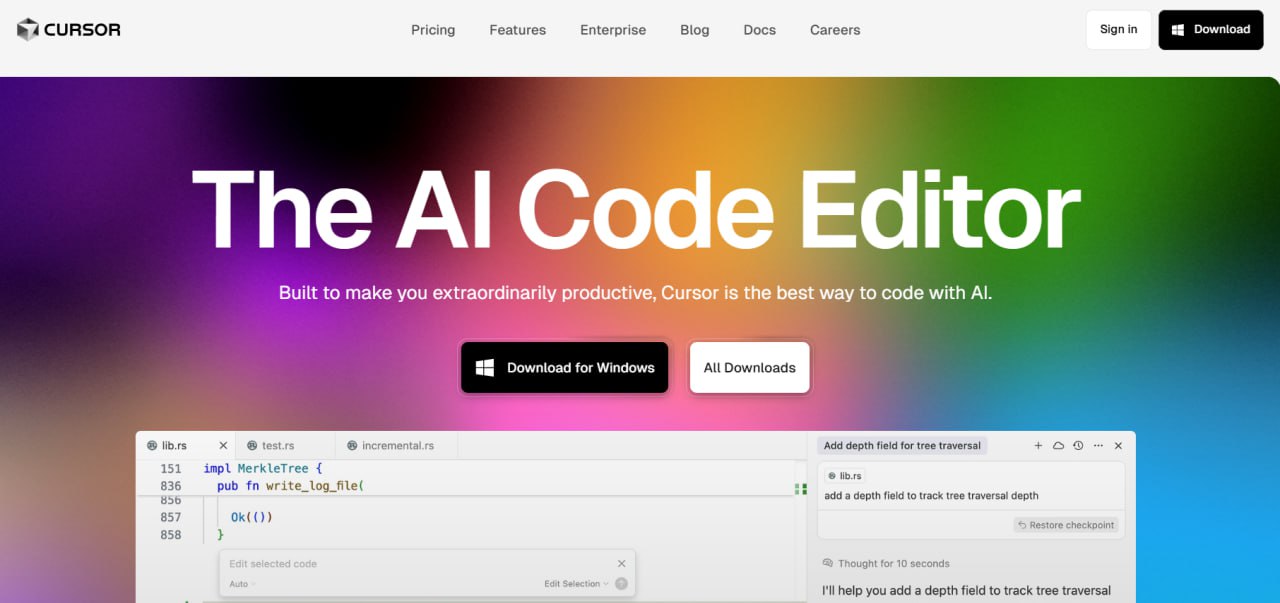
Perfect for: Professional developers wanting ai pair programmer capabilities in visual studio code.
Cursor AI is a code editor that alters the conventional code editor experience to an intelligent one. It is aimed at developers who need to retain control and get higher productivity and code quality using AI coding. This machine learning coder assistant is aligned with the current development processes.
- AI pair programmer: Real-time code suggestions and intelligent code completion.
- Code review assistance: AI-powered analysis for best practices and bug fixes.
- Integrated development environment: Native VS Code experience with advanced features.
- Project context awareness: Understands your entire codebase for better code suggestions.
6. Windsurf by Snyk

Perfect for: Security-conscious development teams using agentic AI.
Windsurf is a combination of both, Snyk and ai coding, where the generated code is of a high-quality security code, and possible vulnerabilities are detected in the initial stages of the development process. This vibe is a code-based coding tool that focuses on quality and security of the software developed over the software development life cycle.
- Security-first AI: Built-in vulnerability detection and code review.
- Code quality assurance: Automated security scanning with machine learning.
- Development workflow integration: Seamless CI/CD pipeline support and project management.
- Real-time security feedback: Immediate alerts for security issues in generated code.
7. Mabl
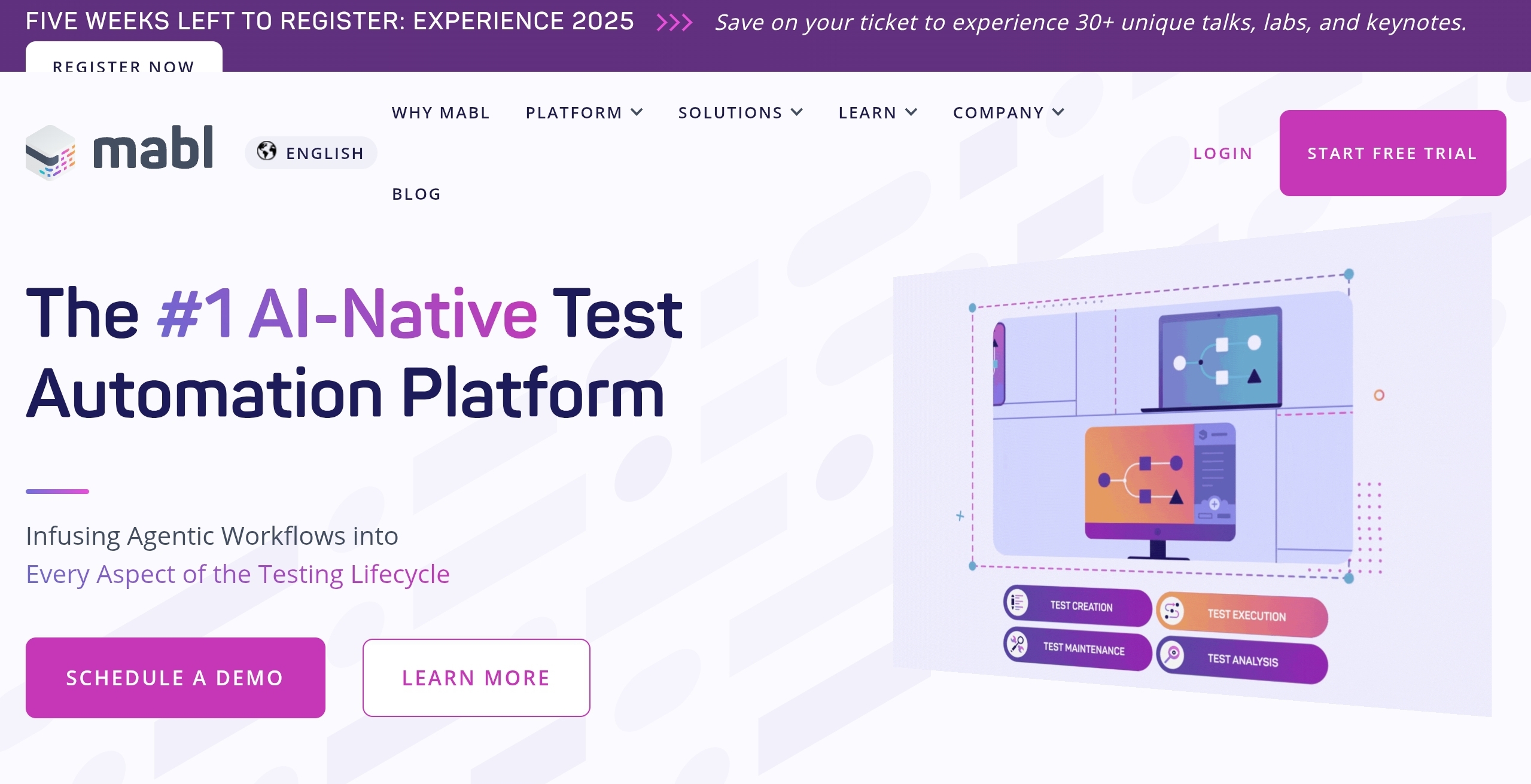
Perfect for: End-to-end testing automation with AI intelligence and ease of use.
Mabl focuses on smart test automation that evolves and adjusts to the changes in the applications. It is especially robust when work teams require self-Americanizing test automation that does not require significant maintenance and uses artificial intelligence to enhance testing over time.
- Self-healing tests: AI automatically updates unit tests when applications change.
- Visual testing: AI-powered screenshot and layout validation with advanced features.
- API testing: Natural language API test generation and code snippets.
- Machine learning insights: Predictive analytics for test optimization and technical debt management.
8. Kane AI from LambdaTest
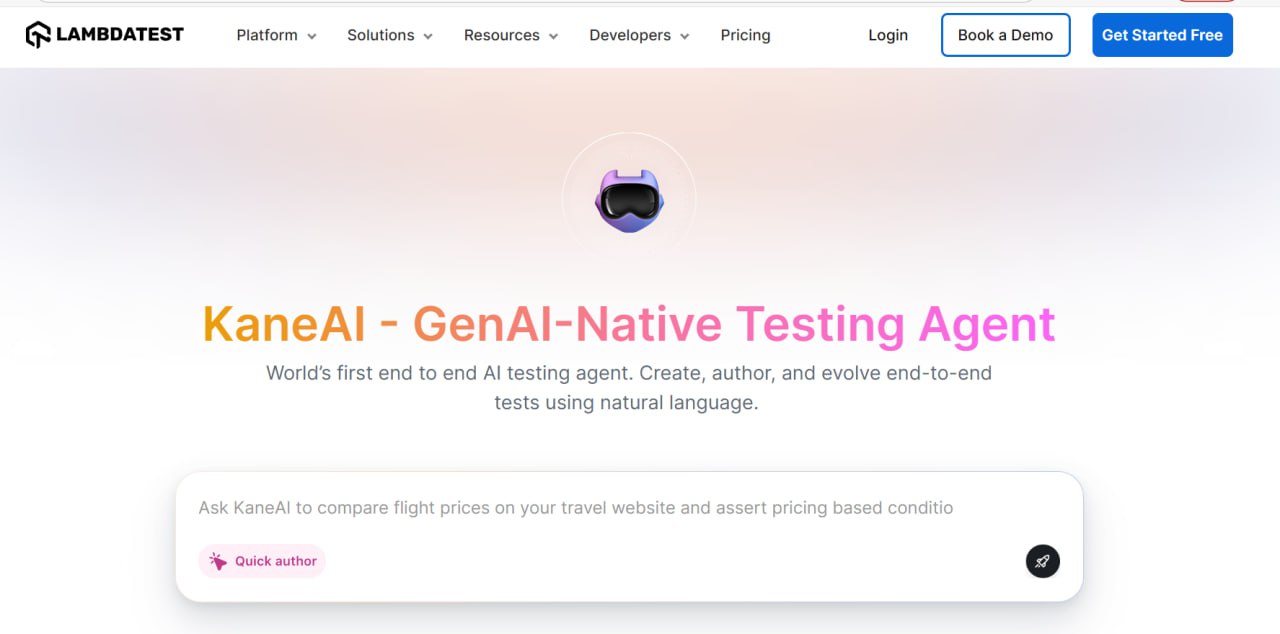
Perfect for: Cloud-based testing with AI intelligence and cross-platform support.
Kane AI introduces cloud testing with the use of artificial intelligence, which is a natural language test-generation tool with robust execution functionality across multiple browsers and gadgets. This is an intelligent tool that is suitable for complex assignments in various development settings.
- Cloud-based execution: Test across thousands of browser-device combinations with Google cloud integration.
- AI test generation: Natural language descriptions become automated tests with code generation.
- Cross-browser compatibility: Comprehensive testing coverage across popular IDEs.
- Integration capabilities: Works with development workflows and command line tools.
Alternative AI Coding Tools Worth Mentioning
While not strictly vibe coding tools, several other AI coding assistants deserve recognition:
- GitHub Copilot: The pioneer AI pair programmer that revolutionized code completion in Visual Studio Code.
- Amazon Q Developer: Enterprise-focused AI coding tool with advanced project management features.
- Gemini Code Assist: Google’s AI assistant for software development with Google Cloud integration.
- Claude Code: Anthropic’s Claude excels at understanding complex codebases and providing intelligent code review.
Tips for Picking the Best Vibe Coding Tool
Give the same project description to different AI coding tools and compare results. Each AI has unique strengths and may interpret your requirements differently, especially when handling complex tasks or generating python code.
- ✅Manage daily credit limits: On a variety of platforms, there are usage limits to free tier plans. Switching among the most popular AI tools is a way to get the maximum out of experimentation without reaching the boundaries in the process of trying various methods of AI coding.
- ✅Results of checks, break things, lead to improvement: It is always important to test generated applications extensively. Attempt to malfunction and apply those lessons to your descriptions of natural language. This plays a vital role in the quality of the codings and possible fixes of bugs.
- ✅Always consider security, authentication, API keys and rate limiting: API generated code might lack security measures. Authentication flows, the process of dealing with secure API keys, and other rate limiting should be manually reviewed, particularly when dealing with web applications.
- ✅Code interpretation and debugging: Cursor AI has an integrated development environment model, which is perfect when you require the ability to learn the technical nitty-gritty of a program or when you need to debug a buggy program.
Know your development environment: Select tools that are compatible with the tools you already use, be it VS Code, jet brain ides or command line programs.
What’s Next for Vibe Coding?
Vibe coding has a brighter future, and it will be more sophisticated due to the development of machine learning and agentic AI. Tools are becoming more independent and have new capabilities that process the complete lifecycle of development using natural language interfaces.
The possibility of agentic AI systems with the ability to handle the entire software development lifecycle is coming to pass. These AI agents will comprehend the project requirements, technical debt, and pull requests, and liaise with other team members via chat interfaces.
The moral of the story: Vibe coding is not an alternative to conventional development. It makes the creation of software more democratic but rewards those who grasp the best practices and development processes. These tools create new opportunities, be it a professional developer who wants to enhance productivity when using AI assistance in code creation, or a person with great ideas but with minimal experience in coding.
Frequently asked questions
What is Vibe Coding, and How Does It Work?

Vibe coding is a revolutionary approach to software development where you use natural language to describe what you want to build, and AI handles the technical implementation. Unlike traditional coding tools that require you to write syntax-specific code, vibe coding lets you communicate with AI in plain English. The AI then generates, modifies, and optimizes code based on your descriptions, making programming accessible to anyone regardless of their technical background.
Which is the Best AI for Coding in 2025?

The best AI for coding depends on your specific needs, but our top recommendations span different use cases and skill levels. Testomat.io excels for AI testing tools and QA workflows, while Cursor AI serves professional developers seeking AI pair programming capabilities. ChatGPT remains excellent for beginners and rapid prototyping, whereas Grok Studio offers advanced reasoning and project context understanding. Playwright MCP specializes in browser automation testing. Each of these best coding ai tools offers unique strengths, from natural language processing to advanced code generation capabilities.
What Makes AI Testing Tools Essential for Vibe Coders?

AI testing tools for vibe coders are crucial because they extend the natural language approach to quality assurance. These tools allow you to describe test scenarios in plain English and automatically generate comprehensive test suites, unit tests, and automation scripts. Tools like Testomat.io and Mabl excel at translating testing requirements into executable code without requiring deep technical knowledge of testing frameworks.
How Do AI Coding Tools Compare to Traditional Coding Tools?

AI coding tools differ significantly from traditional coding tools in their fundamental approach to software development. Traditional coding tools require manual syntax writing, deep programming language knowledge, extensive debugging and testing, plus technical documentation reading. In contrast, AI coding tools offer natural language input, automatic code generation, built-in error detection, and conversational debugging. The best coding ai solutions combine both approaches, giving you the power of traditional development with the accessibility of natural language interaction.
